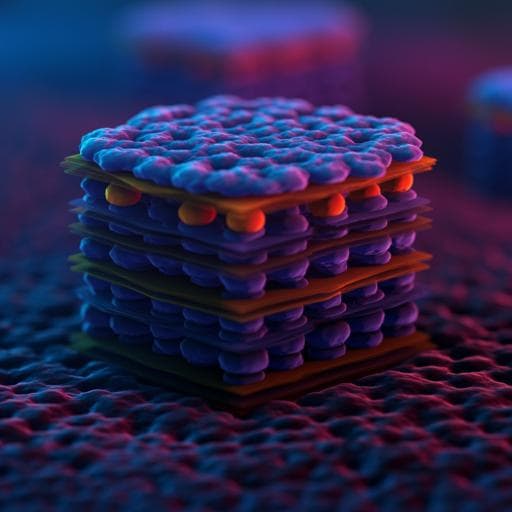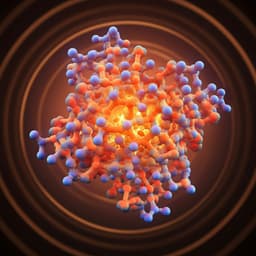
Physics
The composition and structure of the ubiquitous hydrocarbon contamination on van der Waals materials
A. Pálinkás, G. Kálvin, et al.
Explore how the surface environment transforms the behavior of single-layer van der Waals materials like graphene and MoS₂. This groundbreaking research showcases the formation of self-organized molecular layers of alkanes that reshape material interactions. Conducted by prominent researchers including András Pálinkás and György Kálvin.
~3 min • Beginner • English
Related Publications
Explore these studies to deepen your understanding of the subject.







